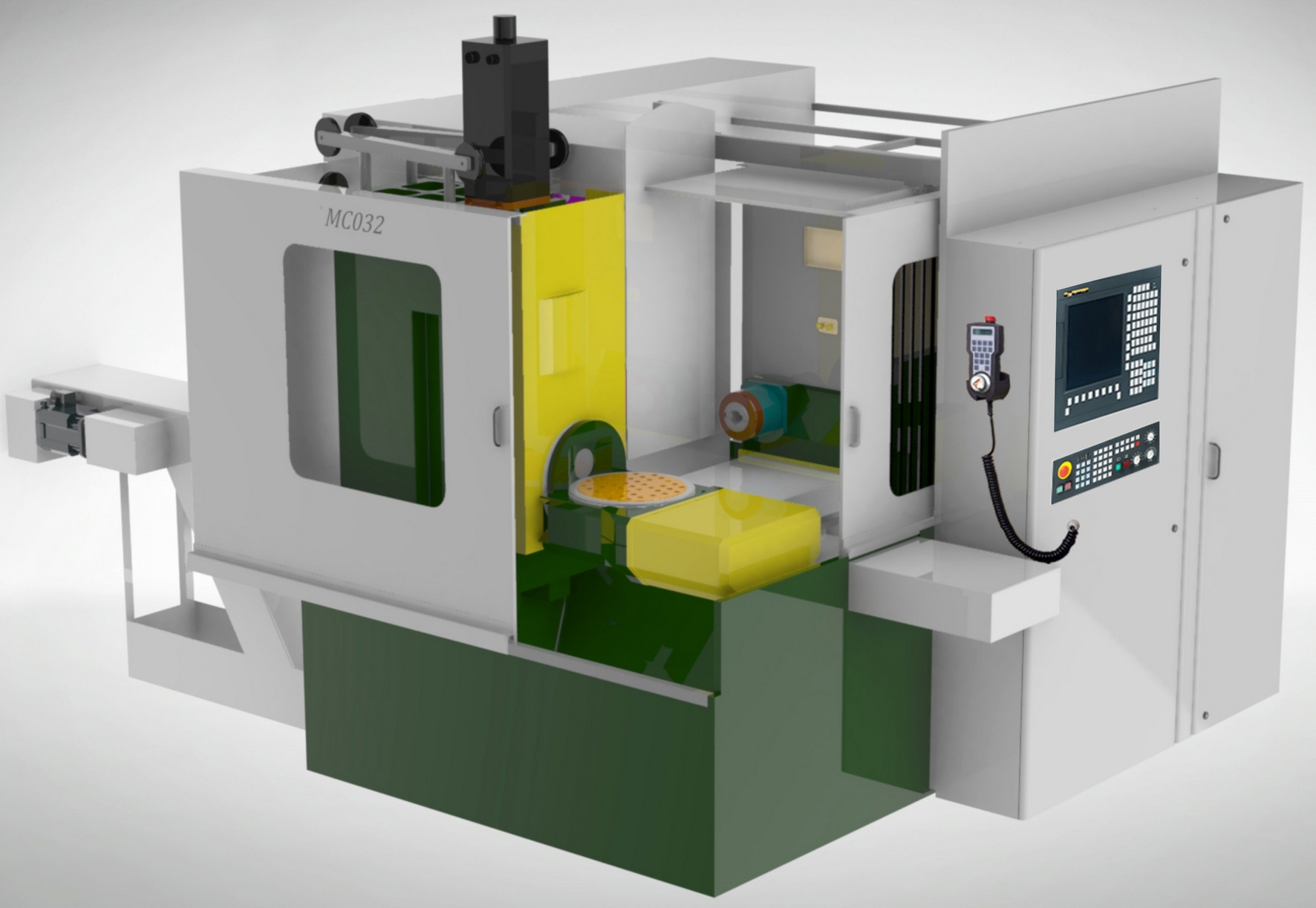Scientists at Novosibirsk State Technical University (NSTU) have developed numerically controlled machine tools, which, unlike existing ones, are capable of combining cutting processes not only with blade tools but also with surface hardening and the final grinding process. The machine is designed for the machine-building industry and saves time and energy costs.
NSTU-NETI has created a unique hybrid machine that simultaneously combines mechanical processing and surface-thermal hardening. This combination makes it possible to increase productivity and reduce energy consumption in the production of parts undergoing surface hardening and multi-blade processing.
According to Vadim Skiba, Candidate of Technical Sciences, the author of the development, Associate Professor of the Department of Design of Technological Machines, and senior researcher at the engineering Center "Design and Manufacture of High-tech Equipment" of NSTU-NETI, the domestic engineering industry requires innovative approaches in providing modern technological equipment for the production of competitive and high-quality products.
"Our hybrid machine combines pre-machining with bladed tools, surface hardening by high-energy heating with high-frequency currents, and finishing grinding. Such a functional set made it possible to expand the technological capabilities of a conventional machine. In addition, the new equipment is able to work autonomously in a flexible machine—building production," Vadim Skiba emphasized.
The NSTU-NETI machine tool complex was developed as part of the project "Improving energy efficiency and productivity of manufacturing machine parts by integrating multi-blade machining and surface-thermal hardening with concentrated energy sources on a single machine base" with the support of the Russian Science Foundation. The list of advantages of the new equipment includes high resource and energy saving indicators, as well as the quality of the part.
"We have managed to significantly improve the quality and efficiency of the production of machine-building parts. This not only reduces the cost of production but also reduces the negative impact on the environment by reducing energy consumption. In addition, the new integrated machining technology makes it possible to create parts with improved surface characteristics. In comparison with the current technological process, the new approach makes it possible to achieve higher surface microhardness and form useful compressive residual stresses in the surface layer, which, of course, has a positive effect on the operational characteristics of the parts being manufactured," said Vadim Skiba.
The scientist noted that the scientific results obtained at NSTU-NETI correspond to the world level, since there are almost no publications on the methodology of conceptual elaboration of the modernization process of a standard machine tool system in order to implement high-energy heating by high-frequency currents.
